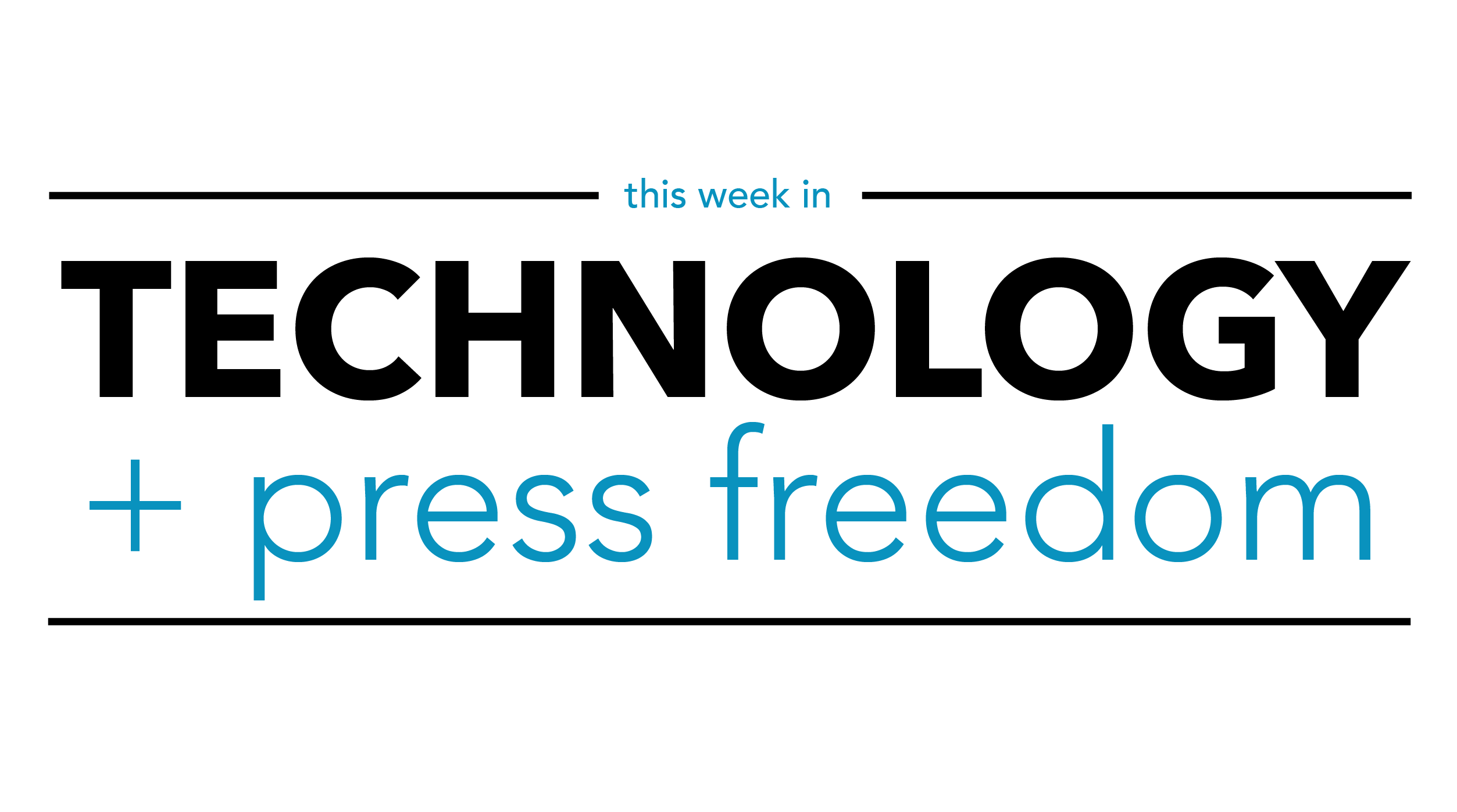In historic move, Justice Department adopts policy barring records seizures from journalists

Following revelations in May and June that the Department of Justice under the Trump administration had authorized secret records seizures from eight journalists across three news outlets, the department under Attorney General Merrick Garland released a memorandum last Monday adopting a bright-line rule prohibiting such moves.
Notably, the new policy replaces the balancing test that required the DOJ to weigh investigative needs against press rights, saying that it “may fail to properly weight the important national interest in protecting journalists from compelled disclosure of information revealing their sources, sources they need to apprise the American people of the workings of their government.”
“To better protect that interest,” Garland’s memo states, the new policy establishes a flat prohibition on the seizure of records of journalists “acting within the scope of newsgathering activities.” The policy applies to all investigative tools covered by the current news media guidelines — that is, subpoenas, court orders for electronic communications metadata and warrants, both directed at journalists or news organizations, or to third-party providers — and explicitly states that it applies regardless of whether the legal process seeks “testimony, physical documents, telephone toll records, metadata, or digital content.”
News of the policy drew considerable praise from journalists and press freedom advocates, including Reporters Committee Executive Director Bruce D. Brown, who participated in recent conversations between Justice Department officials and news media representatives that ultimately led to the policy announcement. “The attorney general has taken a necessary and momentous step to protect press freedom at a critical time,” Brown said in a statement. “This historic new policy will ensure that journalists can do their job of informing the public without fear of federal government intrusion into their relationships with confidential sources.”
The policy incorporates limited exceptions that are in the current news media guidelines, but provides additional clarity around their narrow scope. It does not apply to a member of the news media who is the subject or target of an investigation when “that status is not based on or within the scope of newsgathering activities.”
It states that a member of the news media under investigation for a violation of ordinary criminal law, “such as insider trading,” or a member who uses “criminal methods, such as breaking and entering, to obtain government information,” are not covered by the new policy.
Importantly, however, it clearly states that the new policy does apply when a member of the news media has “only possessed or published government information” in the course of newsgathering, which would, for instance, preclude the Trump-era records seizures.
The prohibition also does not apply in three other narrow categories: when a member of the news media is acting as, for instance, an agent of a foreign power or a member of a foreign terrorist organization; when a journalist consents to a records request or when the department seeks already-published information for the purpose of authentication; or in truly exigent circumstances.
Finally, while the current news media guidelines will continue to apply until the memorandum is memorialized in formal regulations, the memo requires the deputy attorney general to approve any effort to obtain journalists’ records. That high-level approval requirement, which also applies in any case where there is uncertainty about the new policy’s coverage, presents an additional safeguard beyond the current guidelines.
Stepping back from the details, it’s important to note that this new internal policy is just that — an internal policy that can be changed under a different attorney general. As Brown and Stephen J. Adler, chairman of RCFP’s steering committee, wrote in a guest essay in the New York Times praising the policy, it’s now time for Congress to enshrine these protections in law.
“If Congress acts promptly,” they wrote, “the Justice Department policy, rather than just a temporary fix, can become a durable part of our nation’s core press freedoms.”
Like what you’ve read? Sign up to get the full This Week in Technology + Press Freedom newsletter delivered straight to your inbox!
The Technology and Press Freedom Project at the Reporters Committee for Freedom of the Press uses integrated advocacy — combining the law, policy analysis, and public education — to defend and promote press rights on issues at the intersection of technology and press freedom, such as reporter-source confidentiality protections, electronic surveillance law and policy, and content regulation online and in other media. TPFP is directed by Reporters Committee attorney Gabe Rottman. He works with Stanton Foundation National Security/Free Press Legal Fellow Grayson Clary and Technology and Press Freedom Project Legal Fellow Mailyn Fidler.